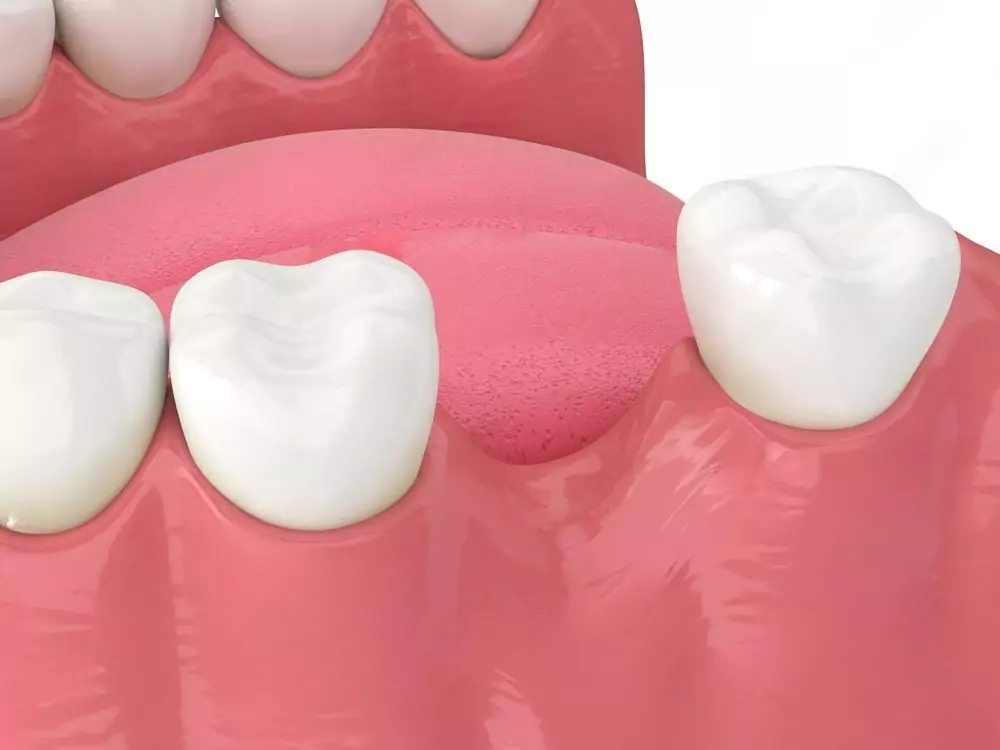
Dry socket vs Normal socket: A Full Guide
Dental treatments, particularly tooth extractions, are complicated and challenging procedures that usually cause a range of difficulties. Among these, “dry socket” is a significant worry for both patients and dental practitioners. While most people recover quickly following an extraction, others may experience this unpleasant condition, which occurs when a blood clot fails to form or becomes dislodged from the extraction site, exposing underlying nerves and bone. Understanding the difference between a dry socket and a normal socket not only helps to recognize possible difficulties early on but also promotes better post-operative care.
In this blog, we will look at the differences between normal and dry sockets, symptoms, treatment, and Preventing measures. Whether you’re a patient planning for an extraction or a caretaker looking to understand the healing process better, this complete blog will provide you with vital information to help you navigate the recovery road.
What is a Dry Socket?
Dry socket, also known as alveolar osteitis, occurs when a blood clot in the socket dissolves or does not develop. This exposes the bone and nerves, resulting in extreme pain and problems. Here’s what you should know.
Symptoms: Dry socket often appears 2-4 days after extraction. Symptoms include extreme pain extending from the socket, a visible bone in the extraction site, and an unpleasant odor or taste.
Causes: Common reasons include smoking, poor dental hygiene, traumatic extraction, and hormonal variables like birth control medications.
Diagnosis: A dentist will check the socket and may take x-rays to confirm a dry socket.

Treatment for Dry Socket:
Professional Care: Your dentist will clean the socket and apply a medicated dressing to preserve the exposed bone while relieving discomfort. The dressing is typically changed every few days.
Pain Management: Pain medications, whether over-the-counter or prescription, can assist in alleviating discomfort. Avoid aspirin since it may cause bleeding.
Home Care: Follow your dentist’s precise advice, such as gently washing with salt water and avoiding activities that may upset the socket.
Prevention of Dry Socket:
Follow post-extraction instructions: To limit the risk of problems, strictly follow your dentist’s recommendations for treatment.
Avoid smoking: Smoking might dislodge the clot and slow recovery. If possible, refrain from smoking before and after extraction.
Maintain oral hygiene: Keep the extraction site clean to avoid infection, but avoid brushing it directly until it has fully healed.
What is a Normal Socket?
After a tooth extraction, the empty space is referred to as a socket. A normal socket is the standard healing process in which the extraction site recovers as expected. Here’s a close look:
Blood Clot Formation: Following extraction, a blood clot develops in the socket. This clot protects the underlying bone and nerves while also initiating recovery.
Healing Process: Over the next few days, the blood clot stabilizes and arranges the tissue. The socket progressively fills with new tissue, and healing goes quickly.
Recovery Time: Discomfort is normal for a few days after extraction, but it should progressively subside. Complete healing often takes a few weeks, with the socket covered by new gum tissue.

Treatment for a Normal Socket
Pain Management: Over-the-counter pain medications can assist with minor discomfort. Follow your dentist’s pain-management advice.
Home Care: Brush your teeth carefully and rinse with salt water to keep the extraction site clean.
Avoid Irritants: Smoking, using straws, and eating hard foods can all disrupt the healing process.
Prevention for a Normal Socket
Follow the post-extraction instructions: Follow your dentist’s care suggestions to promote healthy recovery. This involves avoiding specific meals and activities.
Maintain oral hygiene: Keep your mouth clean to avoid illness. Brush your teeth carefully and use any recommended mouthwashes.
Avoid smoking: Smoking can slow healing and increase the chance of problems, so avoid it throughout the recovery time.
Comparison: Dry Socket vs Normal Socket
Pain Level:
Normal socket pain ranges from mild to moderate and can be treated with over-the-counter drugs.
In contrast, dry socket pain is severe and chronic, necessitating more aggressive pain treatment and frequent dental appointments.
Appearance:
A normal socket will have a blood clot covering the wound, indicating that it is healing correctly.
In a dry socket, the clot may be absent or dislodged, exposing the underlying bone and resulting in obvious irritation or infection.
Healing Process:
Normal socket healing progresses predictably and progressively. The blood clot forms a protective barrier, allowing the wound to heal spontaneously.
Dry socket disrupts this process, delaying healing and potentially lengthening the recovery period.
Risk Factors:
While a normal socket heals without incident, risk factors for dry socket includes smoking, poor aftercare, and certain hormonal variables.
A dry socket is more probable if certain risk factors are present; thus, it is critical to follow care guidelines properly.
Treatment Approach:
Standard pain medication and home care are typically sufficient for a normal socket.
Dry socket requires more comprehensive care, including skilled cleansing of the socket and the use of medicated dressings to relieve discomfort and improve healing.
Conclusion:
Understanding dry socket vs normal socket is essential for a successful recovery from tooth extraction. While a normal socket heals with little complications, a dry socket needs immediate care and specialist treatment. By following basic care recommendations and practicing good dental hygiene, you may decrease the risk of problems and ensure a faster recovery.
Contact your local dental office for additional specific information or to set up a consultation. Proper care and attention are essential for a successful and comfortable recovery following tooth extraction.
Frequently Asked Question
-
What do a dry socket look like?
-
How to maintain a healthy tooth socket after extraction?
-
How do you know if you have a dry socket?




